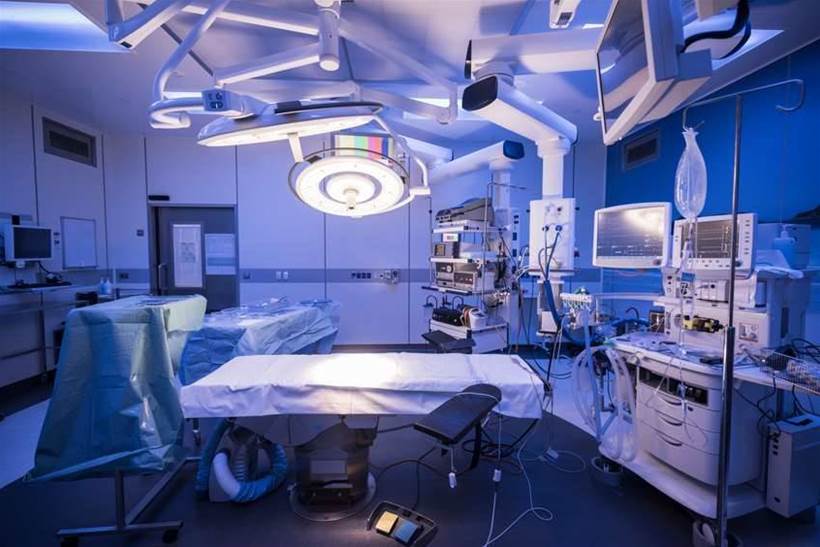The healthcare industry is ripe for technology-driven optimisation, and a senior executive at asset intelligence company Zebra believes that IoT could be the game-changer that makes it happen.
“From siloed operation drawn of health records, patient admission and ward management, healthcare is in an optimal space for taking the next step of integrated operation,” said Zebra’s senior technical director for the APAC region, Wayne Harper.
An ongoing concern within the hospital system is the over- and under-utilisation of its medical equipment. Related to this are issues with locating critical pieces of equipment within these facilities, which could have dire consequences for the patients seeking care.
Harper believes that the principles of asset tracking already well-established in the logistics industry would be equally valuable in healthcare, if not more so.
“Device uptake and utilisation recording and monitoring would allow for more patient turns allow for faster treatment and closer care,” he said.
Equipment location is only one benefit of tagging healthcare equipment. Ongoing maintenance and repairs are an ever-present challenge facing health facilities.
By tagging individual pieces of equipment and marrying that data up with maintenance schedules, healthcare administrators can ensure that equipment is appropriately maintained and deliver value for a longer period.
Furthermore, data collected about the maintenance performed on devices can provide insight into situations where equipment has started to fail more frequently, or enable predictive maintenance to minimise risk of failure in the first place.
“Knowing the usage hours and not just the amount of time a piece of equipment has been in a ward provides more than just wear and tear time but also actual usage percentages,” Harper said.
Improving the patient experience
More important than the equipment used to treat patients are the patients themselves, and Harper sees opportunities for IoT-enabled technologies to reduce administrative paperwork.
“Once a patient is inducted medical records along with patient details can be transferred and visible to all practitioners,” he explained.
“With automatic tracking this information can be updated to a tablet or device as the patient enters the ward with accurate time and location.”
Many healthcare facilities are also quite large, meaning that observation of all he patients is simply too difficult to achieve, given the staffing levels that many of these facilities have to work with.
By leveraging location-monitoring technology, Harper believes that efficiencies can be gained in keeping tabs on a facility’s patients.
Location tracking isn’t restricted to the patients either. Ensuring that the right staff are available in the required locations is also crucial to ensure proper patient care, and Harper sees technologies like wearables and beacons in achieving this objective.
“With the knowledge of where staff and patients are, you can assign tasks based on skill knowledge and availability, ensuring better staff utilisation and staff safety, with higher levels of greater OH&S visibility."
For its part, Zebra is aiming to extend its ‘Visibility That’s Visionary’ campaign to the healthcare industry, by applying its asset tracking technologies to medical facilities of all types, and developing new applications to help improve operations and provide valuable insight for health industry stakeholders.







